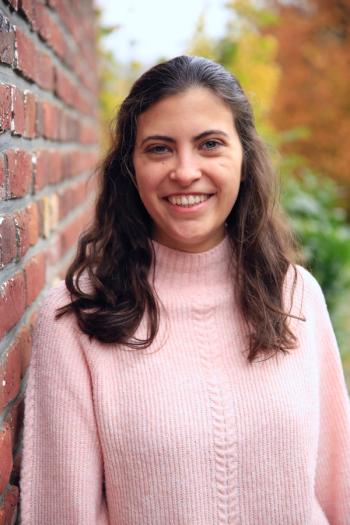
- Spectroscopy-07-01-2011
- Volume 26
- Issue 7
Laser World of Photonics Lures Leading Lights from Industry and Research
Visitors from 80 countries gathered in Munich, Germany, on May 23-26 to attend the Laser World of Photonics conference. Because optical technologies are considered emerging technologies, the event focused on "Lasers and Laser Systems for Production Engineering," "Green Photonics," and "Biophotonics and Life Sciences."
Visitors from 80 countries gathered in Munich, Germany, on May 23–26 to attend the Laser World of Photonics conference. Because optical technologies are considered emerging technologies, the event focused on “Lasers and Laser Systems for Production Engineering,” “Green Photonics,” and “Biophotonics and Life Sciences.”
The Federal Ministry of Education and Research (BMBF) unveiled its promotional package “Photonics Research Germany” on the trade fair’s opening day. Dr. George Schütte, secretary of state at the BMBF, announced the allocation of 1 billion euros over the next 10 years to promote research and development in the photonics sector.
According to Günther Braun, CEO and president, Rofin-Sinar Technologies (Hamburg, Germany), sectors in strong demand at the event included electronics, photovoltaic, and automotive. Growth areas indentified were in medical technology, biophotonics, renewable energies, and electromobility.
At the event’s World of Photonics Congress, 3250 international participants attended six conferences, exchanging ideas among scientists, students, and users from diverse countries. The 20th event saw an increase in visitor numbers to 27,500, with more than 1100 exhibitors and represented companies. The last time the trade show was held in Munich was in 2009, where 24,000 visitors met with 1040 exhibitors.
The top five visitor countries apart from Germany were France, Great Britain and Northern Ireland, Switzerland, Japan, and the US. Visit
Articles in this issue
over 14 years ago
SFW Capital Partners Purchase Spectro Inc.over 14 years ago
X-ray Analysis Goes to Marsover 14 years ago
Two New Chemical Elements Recognizedover 14 years ago
Product Resourcesover 14 years ago
R&D Opportunities in Arc/Spark Optical Emission Spectrometryover 14 years ago
The Dynamic World of X-ray Fluorescenceover 14 years ago
Market Profile: Energy-Dipersive X-ray FluorescenceNewsletter
Get essential updates on the latest spectroscopy technologies, regulatory standards, and best practices—subscribe today to Spectroscopy.





